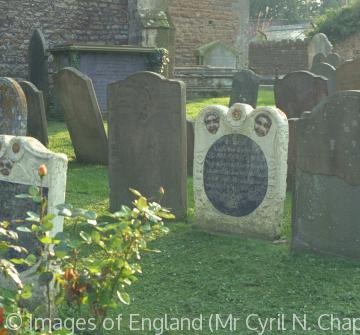Migration
 The grave of Scipio Africanus (d.1720) servant to the Earl of Suffolk
The grave of Scipio Africanus (d.1720) servant to the Earl of SuffolkFew communities are static as people have always moved in search of better land or employment. England has always had diverse ethnic communities and internal migration has been an engine for economic and social change down the centuries.
Internal migration brought surplus rural populations to towns looking for work, a trend which accelerated with the Industrial revolution as thousands flocked to the new textile mills and to the mines, especially in the north of England. People from Ireland, Scotland and Wales also came to England looking for work as labourers on the canals and railways or in the clothing industry. In the later 19th century young men from rural areas like Exmoor were attracted to the relatively good wages to be earned in the South Wales coalfields and craftsmen and traders also moved to the new industrial towns to supply the needs of the industrial workforce.
In the 17th and 18th centuries a few enterprising people migrated to America and wealthy families established plantations in the Caribbean. By the 19th century Australia, New Zealand and Canada also attracted pioneering families in search of a better life or land to farm. Some parishes, burdened with poor relief, encouraged emigration with subsidies and paid passage, although it was often the better workers who left. Few communities were untouched by migration and many families had relatives overseas by the 20th century.
Merchants became involved in the slave trade in the 18th century and often brought black servants back to England as did wealthy families with plantations in the new world. Refugees from persecution and poverty in Europe from the 16th century onwards were joined in the 20th century by people fleeing dictatorship and war. Workers from the former British Empire made their way to England, first to the ports and later to London and industrial cities after the Second World War.










